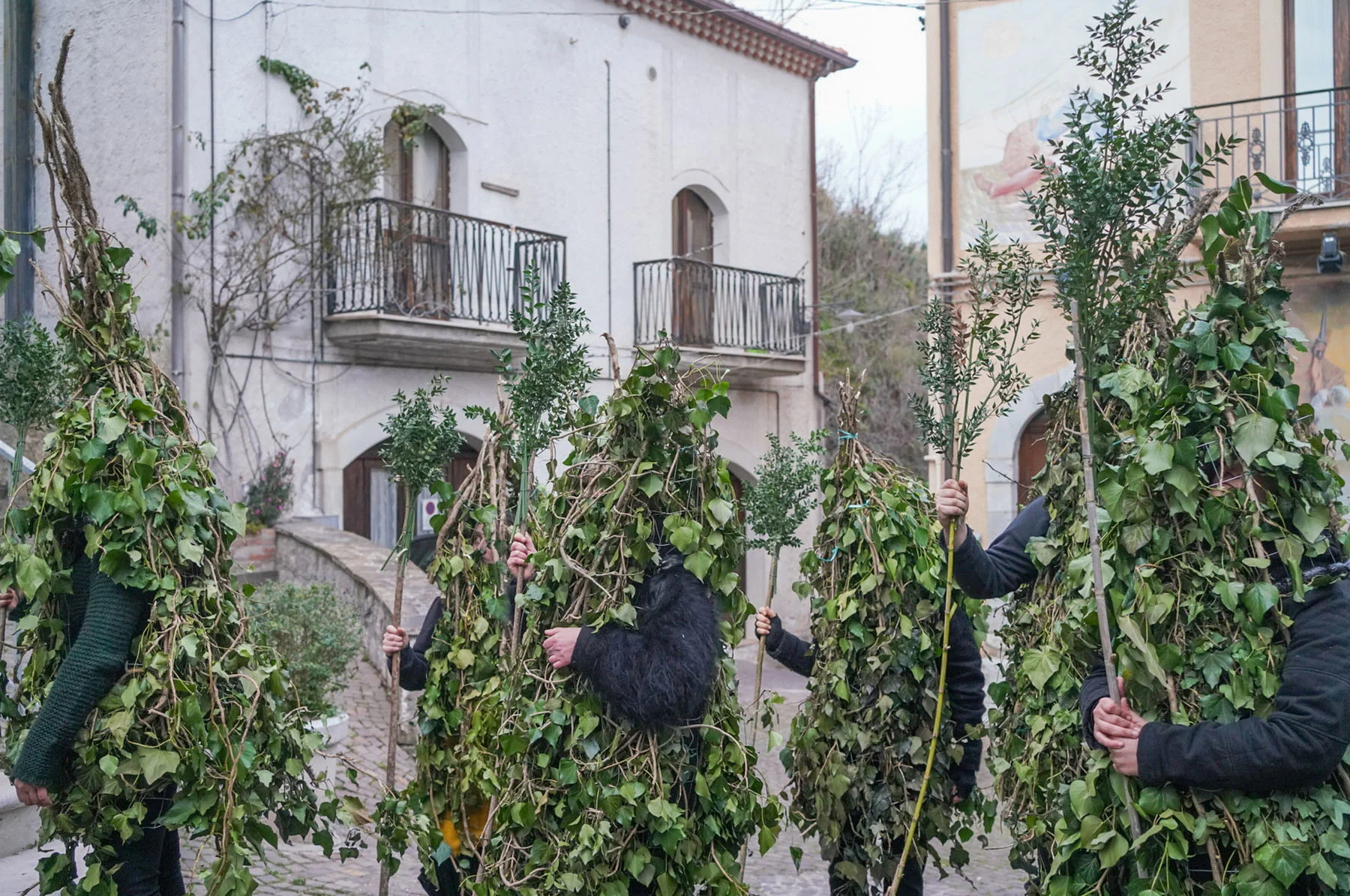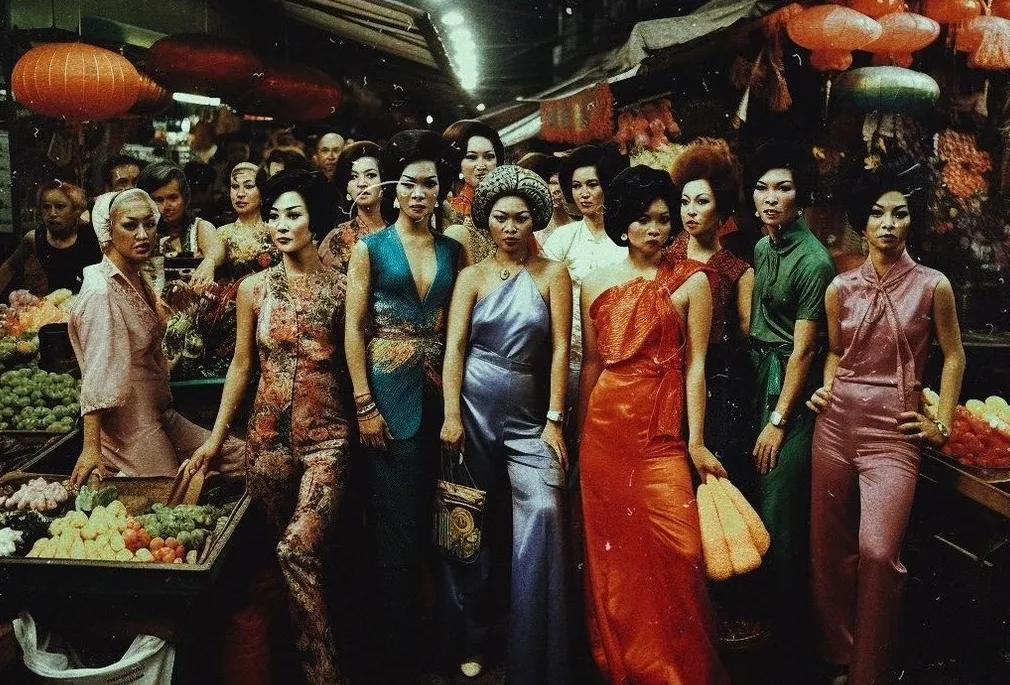
Andzej Gavriss and Ivan Dorn’s short film “Foreign Root” celebrates the bravery, resilience and community spirit of migrants and refugees. A subject so often represented with harrowing imagery, Gavriss and Dorn look at it through a new lens, with a fresh and inventive sensitivity and a joyous touch of magical realism. They tell Joe Zadeh about their own experiences of being displaced, reflecting on questions of identity and what it means to belong.
An old Ikarus bus wobbles and shakes as it’s driven over an uneasy road, through green hills in the countryside. The roof rack is crammed unsteadily with bicycles, bags, blankets, baskets and pieces of furniture. On the front, it reads “Monde Meilleur”, or, in English, “Better World”. In an adjacent field, a desperate man comes running towards the vehicle, shouting and waving. The driver pulls over; the man boards and finds the last spare seat among the passengers. As it pulls away, they all sit together in complete silence, each of them cradling a small bag of seeds in their lap—uncertain of their destination, uncertain of their future.
This land could be anywhere, this bus could be heading anywhere, and these people could be anyone. The specifics are irrelevant. We are in the realm of poetry and metaphor now, and the story unfolding is a deeply universal one.
The world is so controversial and contradictory right now. We wanted to tell a story about human nature, love and compassion.
This is “Foreign Root,” an entrancing new short film from the Latvian director Andzej Gavriss and the Ukrainian pop artist and actor Ivan Dorn. The subject of the film is the brave and perilous journey that migrants and refugees across the world embark upon when they choose to leave their country for reasons out of their control. But rather than recreate the devastating images we all know too well from news coverage, the duo approach the matter with a fresh and inventive sensitivity, as well as a joyous touch of magical realism.
Scenes of fear and tension—from breakdowns to police chases—are riven with moments of pure warmth, as the passengers come to know each other via the telling of stories, the sharing of food and the playing of music. “The film has a naive tone, like a child’s painting,” says Gavriss. “The world is so controversial and contradictory right now,” adds Dorn. “We wanted to tell a story about human nature, love and compassion.”
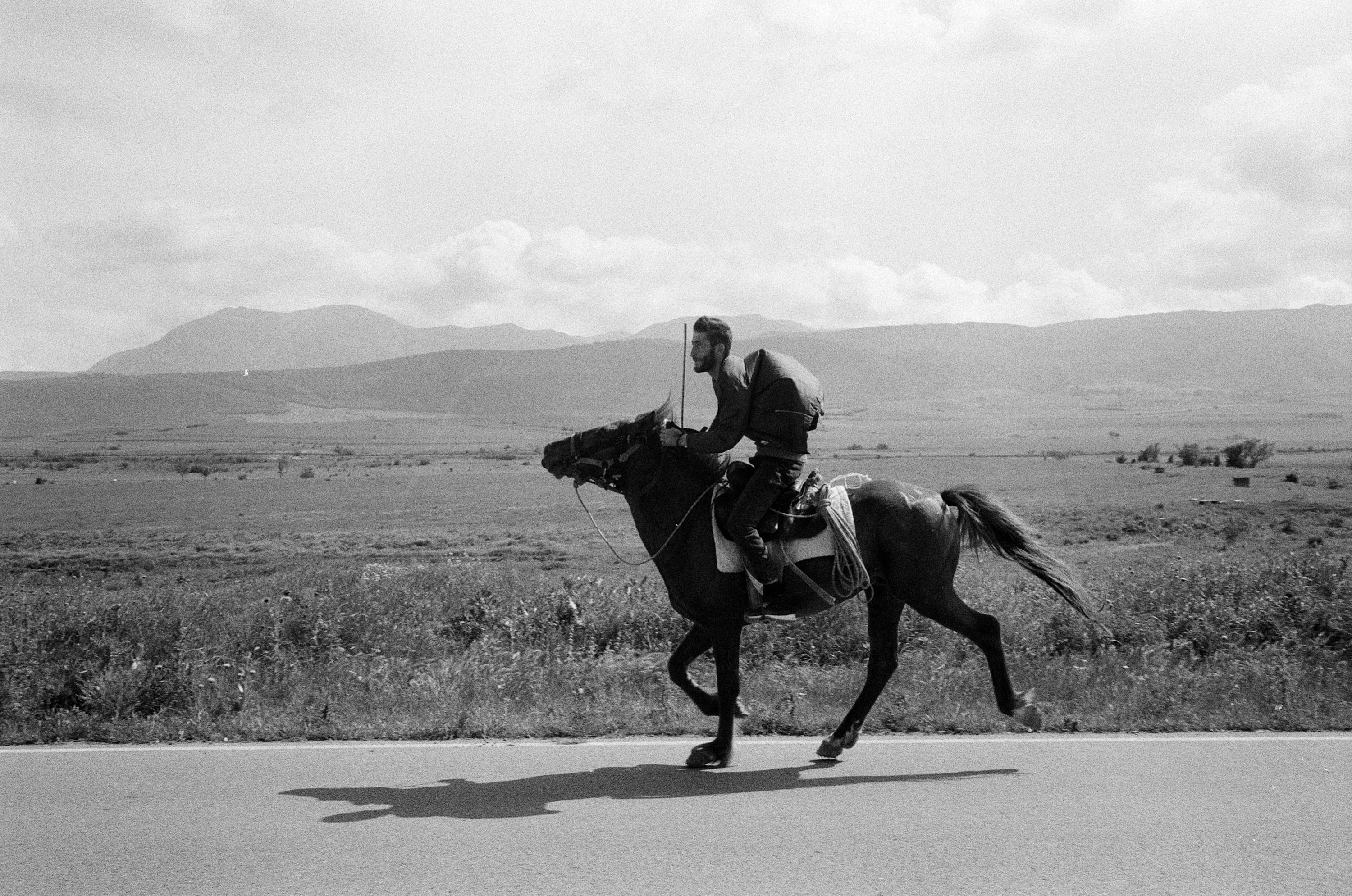
The migrant story is an issue close to both of their hearts. Dorn was forced to leave Ukraine for France when the Russian invasion of his country began in 2022, and Gavriss moved to the UK at the age of 19 as Latvia fell into the depths of economic crisis and unemployment.
“It all started with a bus,” says Gavriss. “There was trouble in Latvia back then, and I had no money. So I boarded a bus to the UK that took 54 hours, filled with other people from my country. I ended up in the Midlands and found a warehouse job, where I worked with people from all over the world, from Ghana to India. And we’d tell each other stories on our lunch breaks and share bits of food. It was just like the bus in the film.”
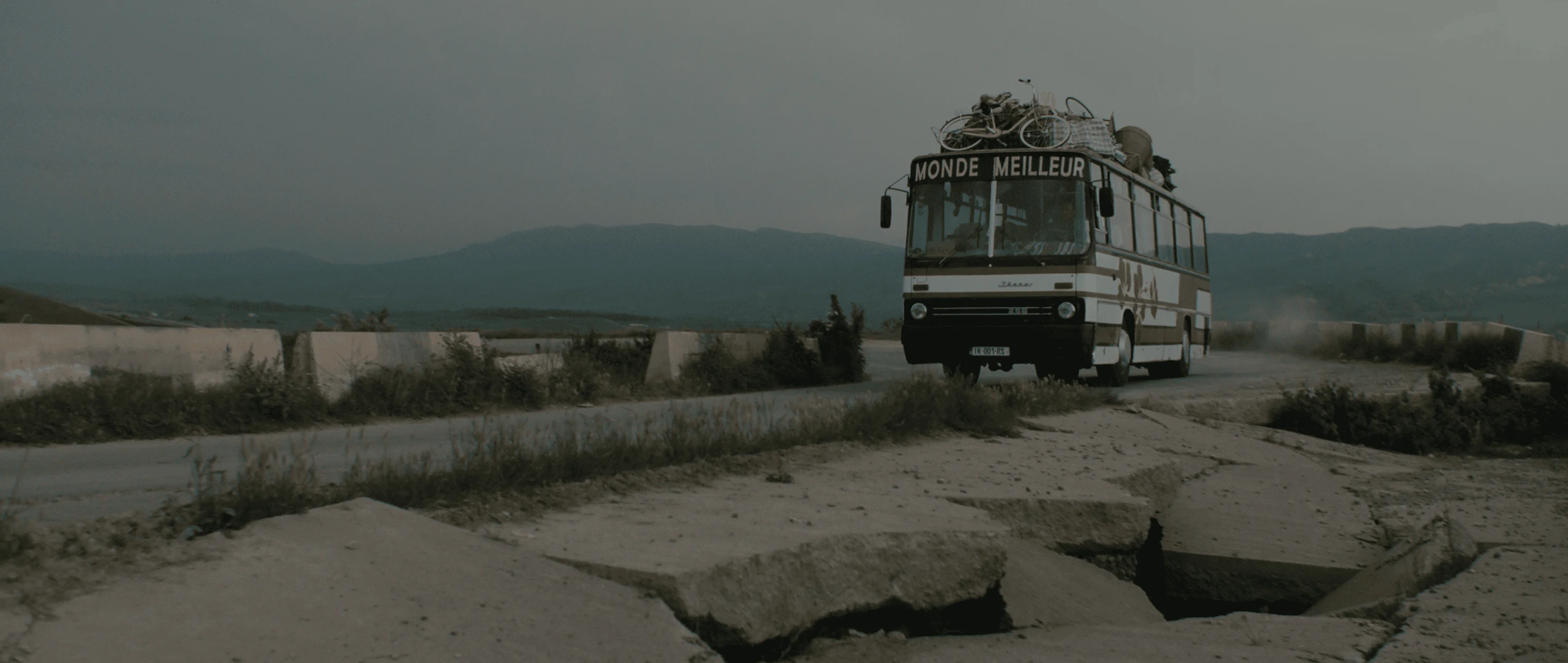
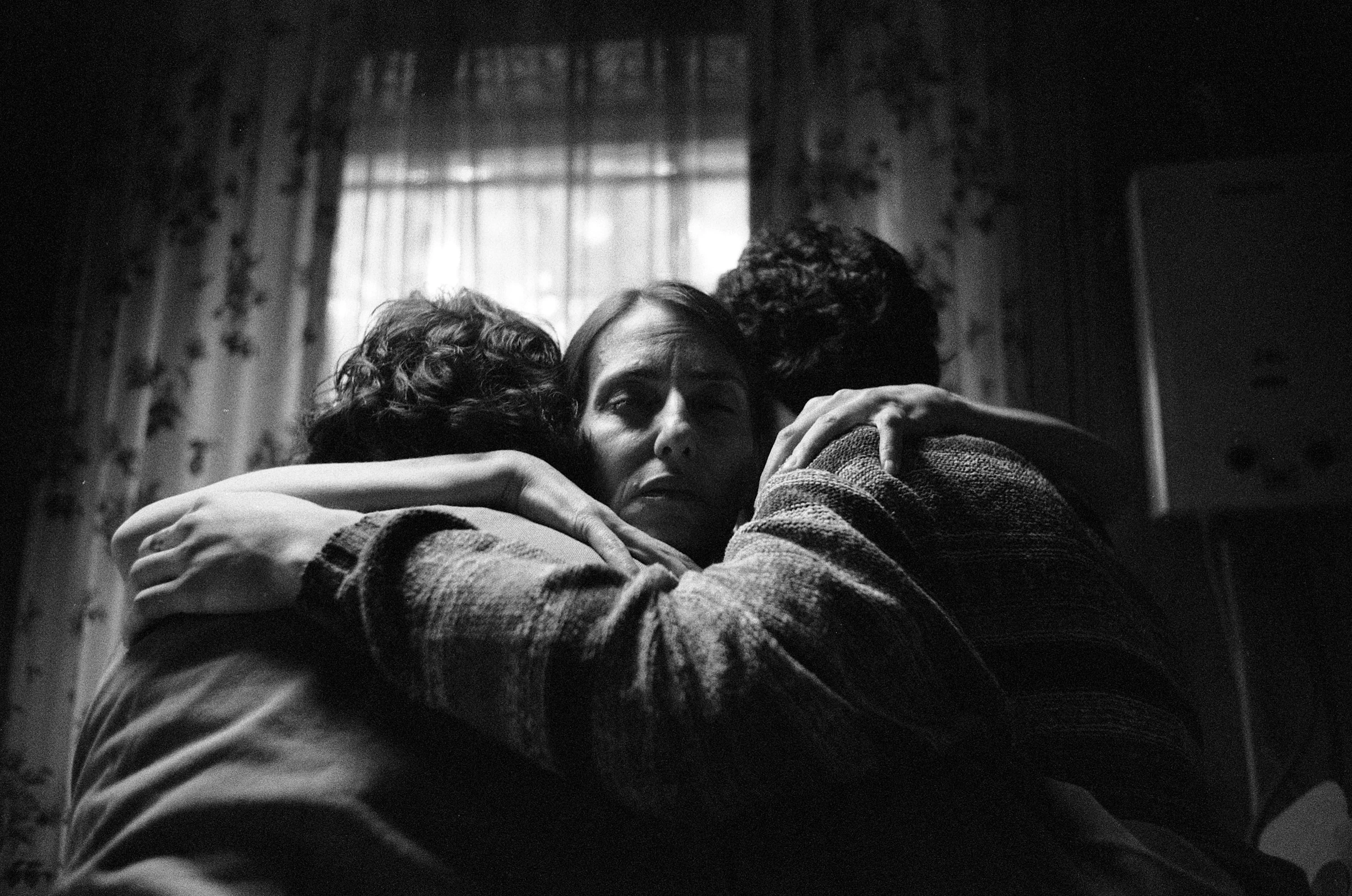
This play between the film’s poetic style of storytelling and the brutally real issues it’s concerned with were present even during the filming, which took place in the countryside of Georgia. “There were massive protests going on in the cities while we were shooting,” says Gavriss. “One of our actors was a mother, and she had two sons on the frontlines of the demonstrations, and she really projected that emotion into her performance.”
Dorn stars in the film as the bus driver, a kind yet wacky character who spends as much time glancing excitedly back at his passengers as he does looking at the road. “For me, as a Ukrainian, life is very difficult right now,” says Dorn. “You can't live through all the horrible stuff that is happening, so you have to not take it too seriously just to survive. My role in the film was to bring this less serious tone. I wanted my character to be funky and smiling. There is another version of this film where everyone is very serious and somber, but I wanted to bring some contrast.”
For us, the core message is one of unity: we all come from the same bones and flesh.
But Dorn’s biggest contribution comes in the form of the film’s tender soundtrack, which mirrors the global feel of the story as it hops from ambient to folk to disco-funk and back again. “I had lots of song drafts from when I fled the war and moved to France,” says Dorn. “It was all music driven by the emotions I’d felt at the time, so they fit the atmosphere of our story perfectly. I started playing around with them, changing melodies, changing keys, editing and adjusting for each moment or scene, and the soundtrack took shape. Finally, I decided to write the lyrics in French, to correspond to the French immigrant life.”
Like its characters, the camera in “Foreign Root” is rarely still, always moving, and the only motionless shot comes late in the film. The bus pulls over by a field, the passengers all scatter the seeds they’ve brought from home into the bare soil, and then file back onto the bus. But the camera doesn’t follow them, instead it lingers on the mound of earth, as the story transcends to the level of magic. Something climbs out of the ground. A person? A creature? A spirit? It’s hard to say. It’s an ending that isn’t trying to explain itself. It simply evokes.
“When we did test screenings, nobody could agree on who this was that came out of the ground,” says Gavriss. “We don’t want to tell people what to think about it either. Let’s just say it’s symbolic, akin to a fairytale. And for us, the core message is one of unity: we all come from the same bones and flesh.”
